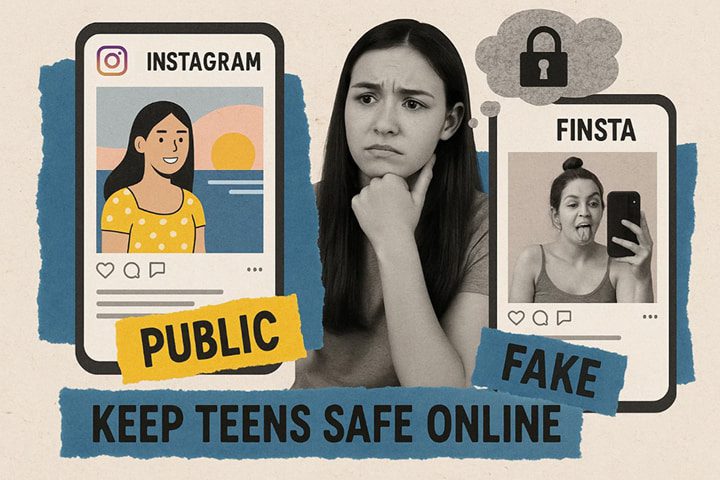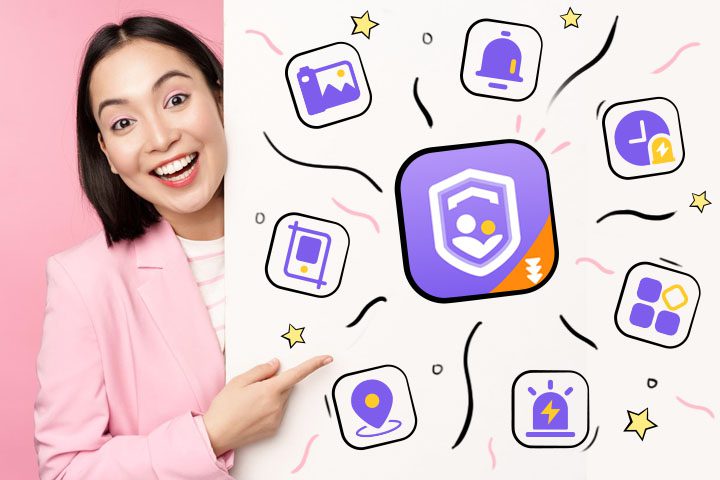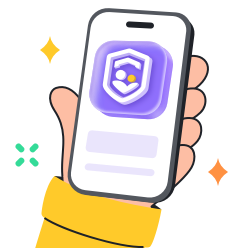Nowadays, social media plays a major role in teens’ lives. However, they do not share everything on their main account. Then what do they do? The majority of teens now use something called a Finsta. Do you know what it is? In short, it is a second and private Instagram account of users.
In this article, we will explain what is Finsta and why teens create them. You will also come to know how parents can respond in a helpful and supportive way.
What is a Finsta?
In the modern times of social media curation, there are many teens and young adults who are switching to something more private. Yes. It is a Finsta. Finsta is a short name for “fake Instagram.” It is mainly used to share unfiltered and casual content. People also share humorous content on Finsta with a close circle of friends. On the other hand, their main account, which is called Rinsta, may show public posts.



On Finsta, you can get a behind-the-scenes look at someone’s real life. The meaning of Finsta isn’t about deception; it’s about control. Such accounts are a way of reducing the pressure of perfection that comes with public profiles. People can share their content without judgment on Finsta accounts.
Use parental control to protect your teens from risks online!
Why do teens create a finsta account?
1. Freedom to be authentic
Many teens create a Finsta account as they get the freedom to be authentic. What actually happens is teen feel pressure to maintain a perfect image on their real account. When they create an account on Finsta, they get a space to be real. They can post silly selfies, venting frustration, or share jokes. By creating such an account, they don’t worry about likes or judgments. Hence, a fake Instagram account becomes a digital diary for them.
2. Control over audience
The next reason teens create a Finsta account is that they can have control over their audience. Yes. They can limit who can see their post. Such accounts are very different than public accounts. Why? Finsta accounts can offer them the option to carefully choose friends and follow them, while public ones don’t. When teens have this control, they can share private thoughts or content they wouldn’t share on their main account.
3. Curated identities in teen culture
Social media as a stage
The first curated identity in teen culture is that they usually treat social media like a performance space. In such a space, they show the best versions of themselves. Teens upload perfect selfies and show stylish outfits. Both of them are part of building a curated identity.
Pressure to perform
When teens constantly compare things on social platforms, it creates anxiety among them. They feel that they need to look good, interesting, and gain approval through comments. This pressure to perform forces them to edit photos and filter their emotions. Hence, it is another curated identity in teens.
Parents’ concern: Is a teen having an Instagram fake account a red flag?
Many teens create —often called “Finstas”—to post more freely. But should this worry parents? It depends. Ask yourself: Is the content inappropriate, risky, or secretive? Are they using the account to hide behaviors or avoid your supervision?
Not all fake accounts are harmful—some are just for silly memes or close friends. Context is key. Instead of jumping to conclusions, focus on building open communication. Trust and dialogue are far more effective than spying. The goal isn’t to control them but to understand their online world and guide them wisely.
Is it illegal for teens to have fake Instagram accounts?
Creating a fake Instagram account isn’t usually illegal, but it can still break the platform’s terms of service. Instagram discourages accounts that misrepresent identity or impersonate others. Teens using fake accounts should understand that this could lead to account suspension or removal.
There are also risks beyond the rules. Fake accounts can be used for impersonation, harassment, or to bypass age and identity guidelines. Even if your teen isn’t misusing the account, others might—so it’s important to talk about how to use social media responsibly and with awareness of the platform’s policies.
How can parents respond constructively to teens’ fake IG accounts?
1. Start with curiosity, not accusation
Discovering your teen has a fake Instagram account might feel alarming, but jumping to conclusions can shut down communication. Instead, approach them with curiosity. Ask why they created a Finsta and what it means to them. Teens often use these accounts for self-expression, not secrecy. Showing genuine interest without judgment creates a calm space for honest conversation and helps build understanding.
2. Talk about online boundaries and respect
Use the discovery of a Finsta as an opportunity to talk about digital boundaries. Discuss what’s appropriate to share online, even in private spaces, and the importance of respecting others’ privacy, too. Reinforce that freedom comes with responsibility. Teens may not realize the long-term impact of what they post, even on a fake Instagram account. These talks help them reflect on safe and respectful online behavior while keeping communication open.
3. Emphasize trust and mutual expectations
Trust is a two-way street. Let your teen know that you respect their need for privacy but expect honesty in return. Discuss what mutual trust looks like in your family’s online life. If they understand you’re not trying to control them but rather guide them, they’ll be more likely to include you in digital conversations. Clarifying the Finsta meaning together can also help strengthen your relationship and set clear expectations.
4. Offer support, not surveillance
Instead of demanding passwords or monitoring every move, offer support. Ask how they’re doing, both online and offline. Teens turn to Instagram fake accounts like Finstas to escape pressure—your role is to reduce that pressure, not add to it. Let them know you’re available without being overbearing. Creating a supportive environment makes it easier for teens to share their digital lives with you voluntarily, which is far more effective than strict oversight.
Bonus for parents: How can parents tell if their teens have a fake IG account?
Practical signs to look for
- Multiple Instagram apps or logins – One of the primary signs that tells you your kid is using a Finsta is multiple Instagram accounts or logins. Teens keep multiple apps for login because they need to switch between their main account and a fake Instagram account. Therefore, you just need to pay attention to their app usage pattern.
- Unfamiliar usernames in search history – Have you noticed an unfamiliar username in their search history? If yes, it could be a sign that your kid is having a Finsta account. Most of the teens use quirky or humorous names for their fake profiles. Such names may not resemble their real identity.
- Changes in online behavior – Sometimes, your kid becomes secretive with their phone or quickly closes apps. Such behavior can signify that they have a Finsta account. You need to observe their patterns calmly. Remember, do not jump to the conclusion; just use this sign as a cue to open up a conversation.
Smart tool to help parents stay informed
You may feel relaxed by knowing there is a smart tool available in the market to help parents. Let’s know about this tool with more clarity.
It is a trustworthy parental control app. This tool is designed to help parents monitor and guide their kids’ digital behavior. FlashGet Kids offers real-time insights into app usage and screen time. It can also tell you social media activity. This tool is perfect for spotting signs of a fake Instagram account. Along with that, it keeps respecting privacy and encourages health tech habits.



Let’s read some key uses of FlashGet Kids:
- Monitor multiple social media accounts
- Track app usage and screen time
- Set daily screen time limits
- View search and browser history
- Receive alerts for suspicious behavior or language
Conclusion
When teens use a secondary Instagram account, it can raise concerns. So, it’s important to know what a Finsta is in context. You can’t say all Finstas are bad because many offer teens a space to be real without any fear. However, they still highlight the growing need for digital literacy and communication.
As a parent, you need to stay engaged and educate yourself about such online trends. This can create a safe and judgment-free environment for your teens.
FAQs
Mainly, a Finsta account is used by teens to share unfiltered content with specific friends. This provides them a space for being authentic without the pressure of getting views. By using Finsta, they can also feel free to always appear good.
If your kid is using Finsta, it is not inherently dangerous. However, it can be misused. They may use it to bully someone or show risky behavior. This can pose concerns. Such problems can be avoided if both parents and teens have open communication.
When a girl gets Finsta, it simply means she wants a private space to be herself. She can share honest thoughts and jokes on her Finsta. It is mainly about trust, control, and comfort instead of secrecy or deceit. Hence, the Finsta meaning varies by person.

